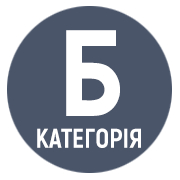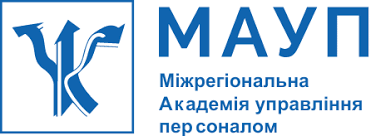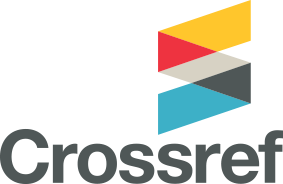FEATURES OF THE APPLICATION OF AR IN VISUALIZATION AND ANALYSIS OF ANATOMICAL OBJECTS USING EUCLIDIAN METRICS IN THE EDUCATIONAL PROCESS OF TRAINING MEDICAL SPECIALISTS
DOI:
https://doi.org/10.32689/maup.it.2024.4.19Keywords:
AR, augmented reality, AR application, 3D objectsAbstract
The article analyzes the use of augmented reality (AR) technologies in the education of medical students, in particular to improve the acquisition of anatomy, the development of surgical skills and the study of the functioning of organs in an interactive environment. AR provides the opportunity to work interactively with three-dimensional models, which allows students not only to observe, but also to directly interact with the educational material, contributing to its better understanding and assimilation. The purpose of the article is to study the possibilities of integrating augmented reality (AR) technologies into the educational process to improve the acquisition of knowledge of anatomy by medical students, the development of practical skills and the study of the functioning of anatomical structures in an interactive environment. Methodology. The article applies methods of analysis of modern AR technologies, including mathematical approaches to the visualization of three-dimensional objects and their integration into the educational process. The functional capabilities of the AR application focused on interaction with 3D objects and adaptive assessment of students' knowledge were tested. Scientific novelty. A system for integrating AR technologies into medical education is proposed, based on the use of mathematical methods for accurate positioning, orientation and scaling of virtual objects. An adaptive testing system has been developed, which allows focusing the educational process on the most complex aspects using an individualized approach. Conclusions. The integration of augmented reality into learning helps to increase student interest, improve knowledge acquisition and develop practical skills. The use of AR applications allows you to create an interactive learning environment that overcomes the limitations of traditional teaching methods and provides access to detailed information about anatomical structures. This approach increases the efficiency of the educational process, promotes the formation of critical thinking and ensures high-quality training of medical students.
References
Єфімов Д. В. Використання доповненої реальності (AR) в освіті. Педагогічні науки: теорія та практика. 2021. Т. 2, № 1. С. 219–225. URL: https://doi.org/10.26661/2522-4360-2021-1-2-34
Hakim L. L., Hidayat H., Salmun A., Sulastri Y. L. Application of Augmented Reality in mathematics learning: A bibliometric and content analysis. 2024. P. 10–13. URL: https://doi.org/10.2991/978-2-38476-206-4_29
OECD. Virtual reality and its opportunities and risks. In OECD Digital Economy Outlook 2024. 2024. Vol. 1. P. 122–124.
Soroko Nataliia V., Lytvynova Svitlana H. The benefits of using immersive technologies at general school. 2023. Vol. 2. P. 480. URL: https://icteri.org/icteri-2023/proceedings/olume-2/202110480.pdf
M. Vondrek, Ibrahim Baggili, Peter Casey, Mehdi Mekni. Rise of the Metaverse's Immersive Virtual Reality Malware and the Man-in-the-Room Attack & Defenses. Computer & Security. 2022. P. 1–5.
Vladyslav V. Babkin, Viktor V. Sharavara, Volodymyr V. Sharavara, Vladyslav V. Bilous, Andrei V. Voznyak, Serhiy Ya. Kharchenko. Using augmented reality in university education for future IT specialists: educational process and student research work. 2021. Vol. 2898. P. 11–13. URL: https://ceur-ws.org/Vol-2898/paper14.pdf





